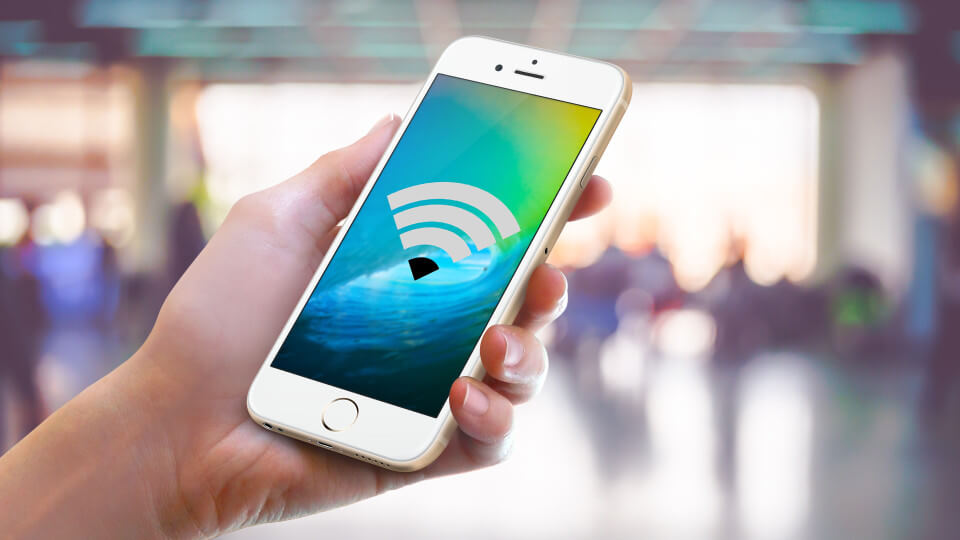You may have read tons of articles over the internet which suggest you how you can improve the speed of your Wi-Fi. but most of those articles are never as easy as they claim to be.
However, this isn’t like that and we have got the tips for you that we have implemented and it helped us to improve the speed of our Wi-Fi connection.

1. Understanding your Network
Before you can make changes to your Network, you must first understand your network.
Understanding your Network means finding out to which connection you are connected to. Is it your home network (LAN) or the Internet?
You should also find out how much speed you are getting and what was the speed that you signed up for.
When you sign up for an Internet plan, you sign up for a given plan of the Internet with a given number of megabits per second (Mbps) which is basically the speed of your connection.
2. Finding out the Speed of the connection
On paper, your ISP may tell you that your connection is really fast and has such and such speeds, but you shouldn’t just trust them blindly.
You should perform your own tests to find out how fast your connection and what speeds are you getting.
Before performing a speed test, you should connect your Laptop/PC to the Router/Modem using an Ethernet cable and turn off the Wi-Fi functionality for a while to find out how fast your connection really is on its own.
Once that is done, you can use our website’s Speed Test Tool to perform a speed test and find out the speeds of your connection.
You will get two numbers, Download Speed and Upload Speed.
Download Speed is what really matters.
You should perform the test three to four times as the speed can fluctuate and one result won’t be enough to find out how much speed you are actually getting.
3. Diagnose your Router/Modem
If the speed test results showed about the same speed as you were expecting from your ISP then the problem may with your Modem/Router.
However, if the speed test results came slower than the speed you were expecting from your ISP then it may be that your ISP may be under-delivering or throttling your connection.
Find out more about being throttled by your ISP.
4. Reset your Router/Modem
Let’s assume for this article that your ISP is delivering the speeds it promised and your Modem/Router is the cause of the low speeds that you are getting.
The first thing that you should do is reset your Router/Modem. Most of the routers nowadays have a small button at their back which should be pressed and hold for about 5-10 seconds and then released to reset the router.
Consequently, if there is no reset button then you can unplug the power cord, wait for about 10-15 seconds, then plug it back in. It will do the same thing.
If you are getting faster speeds than before, this would have been the cause of your problem and you need to reset your router/modem occasionally to prevent it from happening again.
5. Logging into your Modem/Router
The next thing you should do if you are still facing slow speeds is log in into your router. While your computer is still plugged into your router via an Ethernet cable, you should log in into your Modem/Router.
To log in into your router, you will need to access the router’s IP address. For most routers, the default IP address is 192.168.0.1 or 192.168.1.1.
Once you open the default IP address of your router on any web browser, you should log in into your router using the default username and password(if you haven’t changed it already).
6. Configure your Modem/Router
Once you are logged in into your Modem/Router, you should configure it and change the settings.
There will be a lot of different settings and numbers that you won’t understand so, it’s better that you don’t mess with anything that you don’t have any idea about.
(i). Update the Router Firmware
The first thing that you do is upgrade the firmware of your router. Firmware can be considered the software on which your router runs. So, if your router gives you an option to update the firmware of your router, then you should update it.
(ii). Power Saving/Data Saving Mode
Another thing that you can do is check if your router/modem is on power-saving or data-saving mode. If that happens then it probably will affect the performance.
If you need more speed, then it is better that you remove your router from those modes to get the full blast.
(iii). Changing the Transmission Settings
Check under the Settings tab for the transmission settings. If it set to automatic or anything less than 100%, then it will affect your performance and you should change it back to 100%.
However, you should know that if your router/modem is set to less than 100%, then it will be to help you with the data limit. So, if you are on a limited internet plan, it is better to left your router/modem’s transmission settings below 100%.
(iv). Changing the Channels
You can also try changing the channel(s) of your router. If you have a 2.4 GHz router, try changing its channel 1, 6, or 11 so, it may have less interference from other wireless frequencies.
If you have a 5 GHz router, make sure that its channel selection is set to automatic.
You can test the speed on each channel pick the one which works out the best for you.
If you have followed all the aforementioned steps and your speed is still below what you are expecting, then you should upgrade your router/modem.
If you got your modem/router from your ISP then you might ask them to replace it.